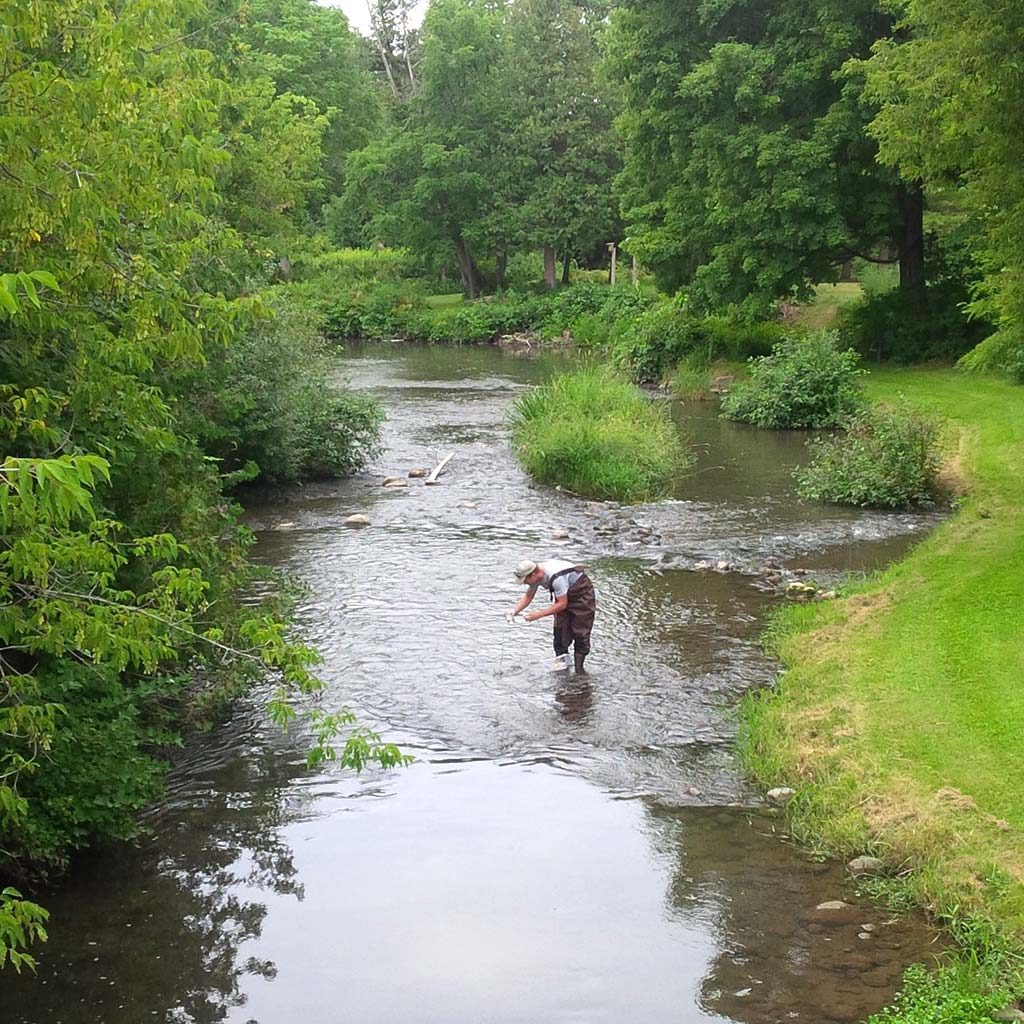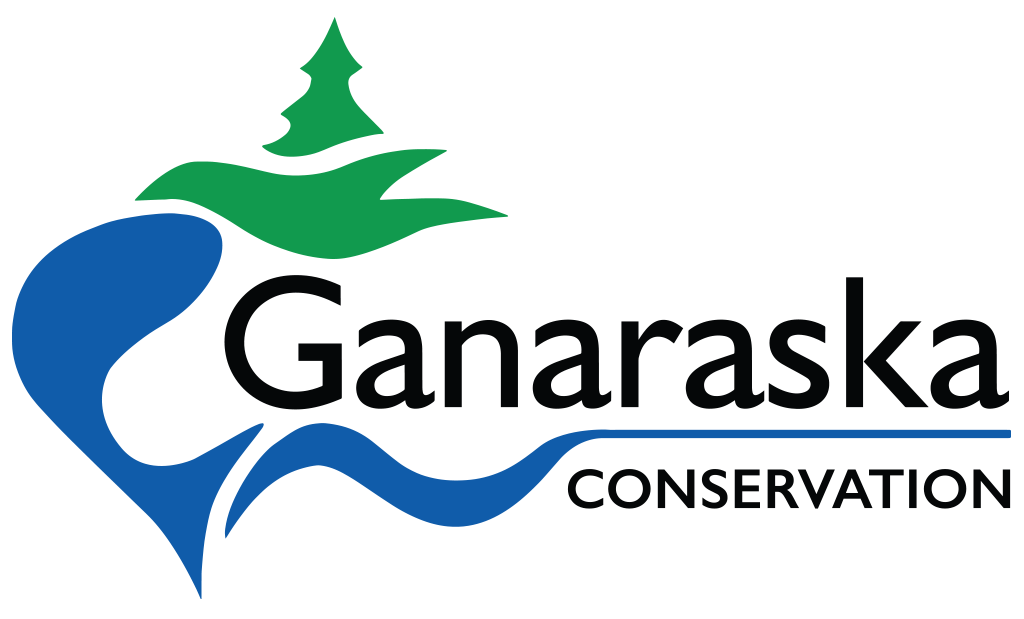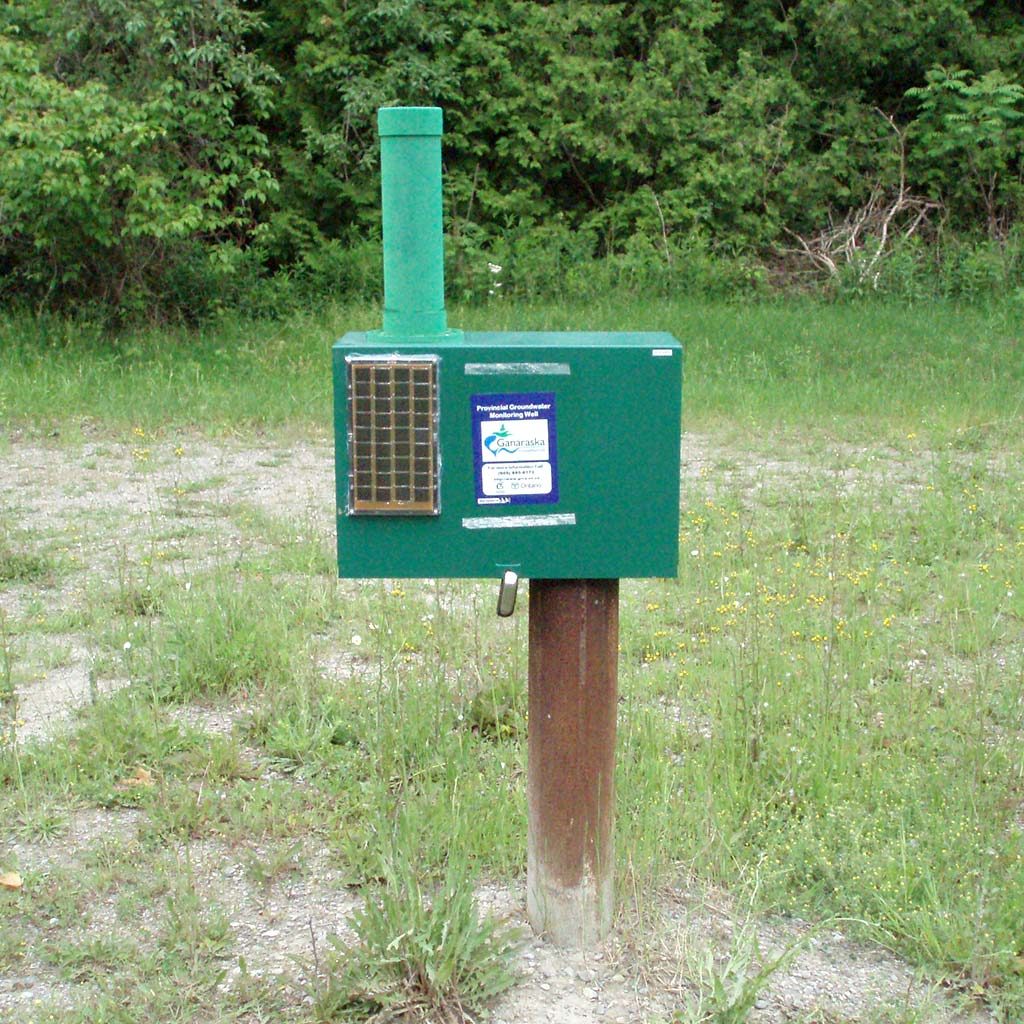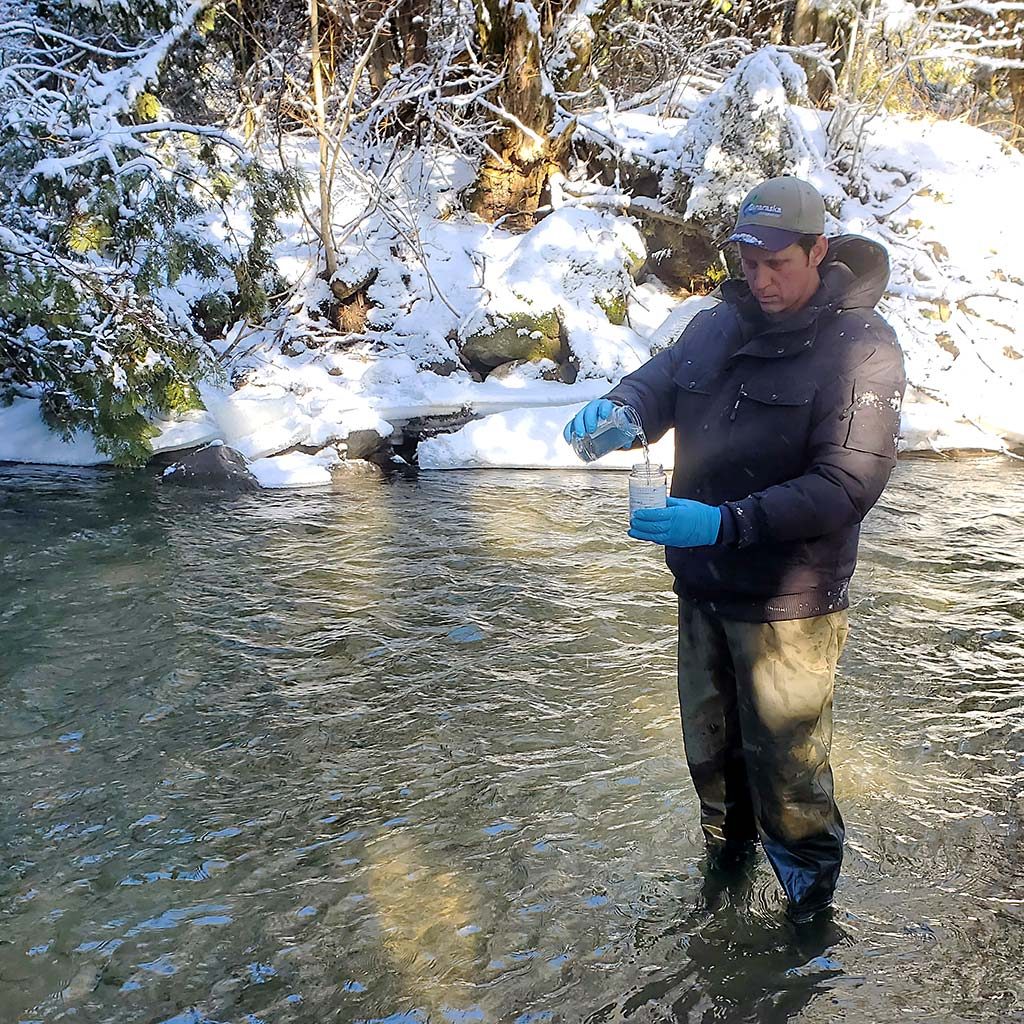
Monitoring Groundwater
In the Ganaraska Region Conservation Authority (GRCA) Watershed, groundwater is an invaluable resource that must be sustainably managed.
The GRCA has developed and currently implements a comprehensive groundwater monitoring program throughout the Ganaraska Region Watershed. The program consists of several projects and initiatives aimed at enhancing the understanding, protection and management of groundwater resources within the authority’s watersheds.
These projects include groundwater monitoring, modelling, surface water and groundwater interaction, as well as data collection and technical support activities. Data collected and analyzed through the groundwater programs is used in local planning initiatives including drinking water source protection, watershed plans and fisheries management plans.
As part of the GRCA watershed-wide, integrated monitoring program, the main objective of the groundwater monitoring project is to quantify groundwater level fluctuations, groundwater flow directions and gradients, monitor groundwater quality at selected locations and record changes over time.


